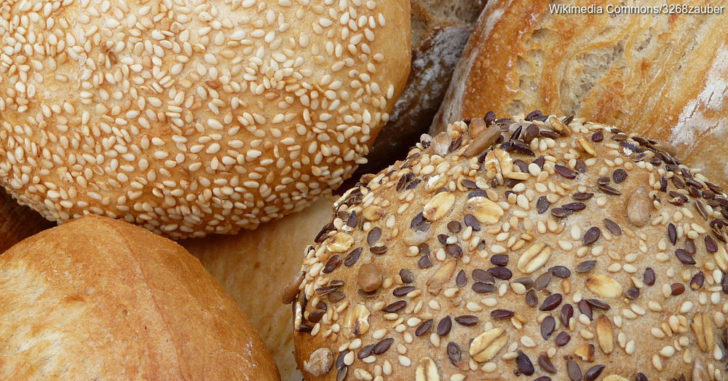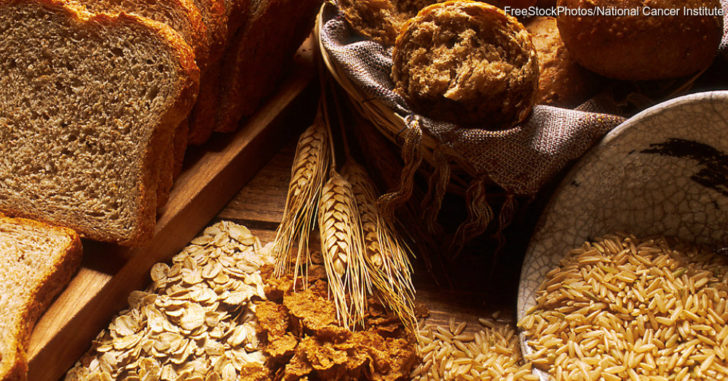
Whole grains have a range of health benefits, from a reduced risk of heart disease to easier weight management. Since labeling requirements are flexible and food labels are confusing, however, it can be difficult to identify the best grain sources. Once you understand the differences between each label, it’s easy to incorporate the recommended amount of whole grains into your diet.
Whole Grain

“Whole grain” refers to the full, unrefined grain: the bran, germ and endosperm. The FDA allows products to claim whole-grain content if the grain is intact, flaked, ground or cracked. Whole grains provide the biggest nutritional bang for your buck. To find these products, look for the word “whole” on the product label. The Oldways Whole Grain Council recommends a skeptical approach to reading food labeling, particularly when it comes to nonspecific statements such as “made with whole grains.” Instead, look for phrases that state the percentage of whole grains.
Another strategy is to check the first item on the list of ingredients to ensure it says “whole” followed by the name of the grain. Bear in mind that some whole grains may be listed without the “whole” identifier, including brown rice, quinoa and millet. Ingredient lists are organized by relative weight, with the heaviest item appearing first; although this method isn’t foolproof, it increases your chances of finding products made with significant amounts of whole grain.
Whole Wheat
“Whole grain” can apply to a variety of different grains; “whole wheat” refers specifically to wheat. This grain is used in a range of products, including pasta and bread, so it is easily accessible. The USDA cautions that “100 percent wheat” does not necessarily mean “whole wheat.”
Multigrain

If you’re looking to incorporate whole grains, approach products marked “multigrain” with caution. According to the USDA, this label doesn’t mean the food contains whole grains. To be labeled as a multigrain product, the food must simply contain more than one grain, in any form or quantity. The relative weight might be very low, or the grain may be highly refined, which limits the nutritional benefits. When evaluating multigrain foods, use the same criteria as you would for whole-grain foods.Many supermarket staples contain healthy whole grains. With a few extra minutes of label-reading, you can choose the best grain sources for your family to maximize nutrition and reduce stress.













